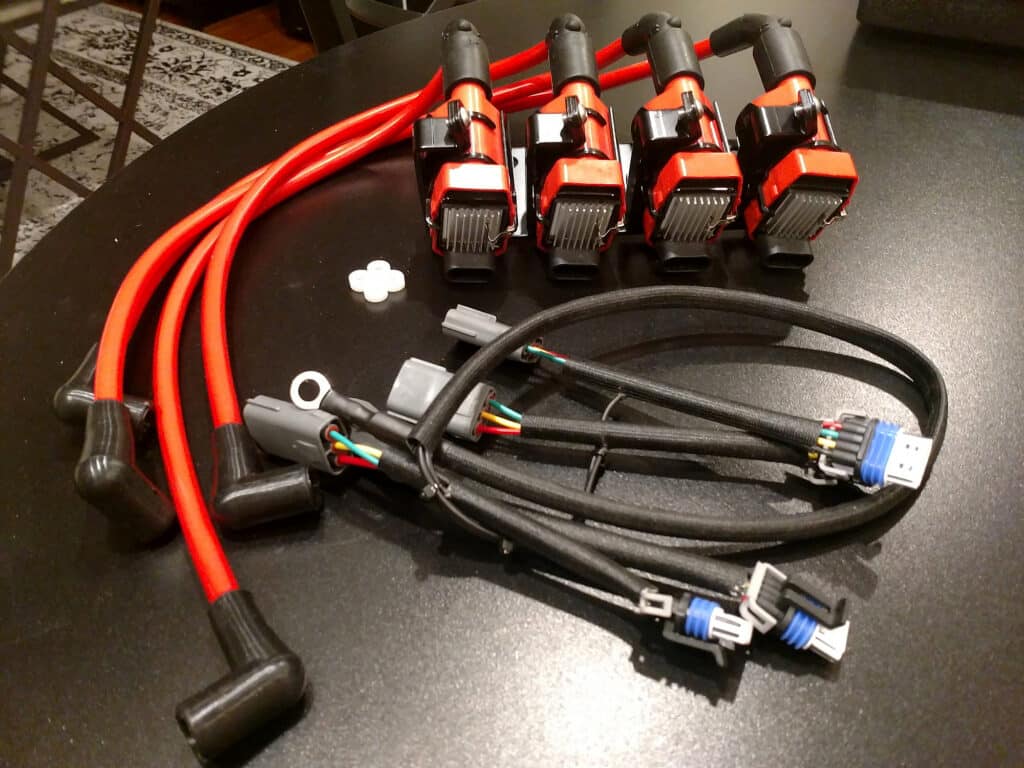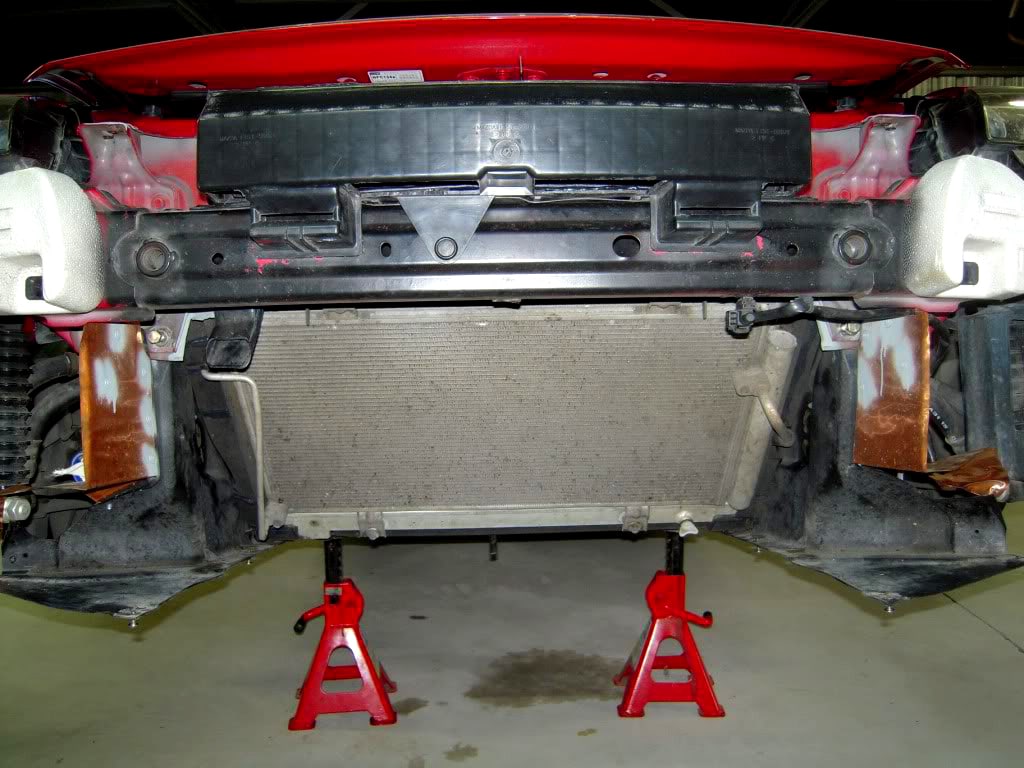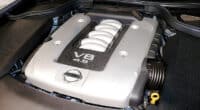RX8 owners have had a love-hate relationship with their cars for the longest time, and it’s likely going to stay that way for the foreseeable future.
We’ve all heard the horror stories of abrupt engine failure in the early series 1 RX8s, the recalls, and the terrible quality control of the reman engines that were plonked into countless RX8 engine bays.
But when you read between the lines and see the RX8 for what it is, you’ll start to notice that it’s not actually as bad as people make it sound. It was a combination of ill-fated circumstances and Mazda’s lack of judgment that made it a bad car to own initially.
If you’re among the few people who swear by the Renesis engine and aren’t ready to give up on it just yet, then there are things you can do to keep it as healthy as a horse, for as long as you want to.
In this article, we’ll briefly review the reliability of the RX8 and discuss some of the things you can do to make it more reliable and keep it that way.
RX8 Reliability Review

In our RX8 buyer’s guide, we’ve discussed the issue of reliability and highlighted the factors that contribute to the RX8 being labeled as an unreliable car.
The general consensus is that the Renesis engine will only be reliable if it is treated like a rotary engine. A lot can go wrong with rotary engines in contrast to their piston-equipped cousins.
Using the same measure of reliability for both rotary and piston engines is like comparing apples to oranges. For instance, just take a look at some of the common problems that cause RX8 engines to fail:
- Excessive carbon build-up: Premature apex seal wear and compression loss
- Excessive heat build-up: Warped housing, apex seal failure, and loss of compression.
- Overheated and warped side seal springs due to high exhaust temperature: Warped springs result in the side seal popping out of its position, which then clips the exhaust port, shatters, and throws shrapnel through the engine. A common issue with turbocharged or supercharged RX8s or those which see nearly 100% track time.
- Fuel starvation caused by high lateral G left turns: High lateral G left turns with low fuel create a lean spike that causes detonation and shatters seals. Frequently seen on with older RX-8s that haven’t had a fuel pump replacement.
- Catalytic converter failure: Causes heat soak and pressure buildup that overstresses the apex seals and breaks down oil viscosity, leading to various issues.
- Clogged oil injection lines: Prevents oil from being injected into the engine, leading to excessive apex seal wear and side seal overheating.
Below we’ll look at 2 of the most important areas of maintenance that you should focus on.
Ignition Health
When it comes to keeping your RX8 healthy and reliable, monitoring your ignition health and staying on top of maintenance is half the battle won.

It’s no news that the RX8 has notoriously underpowered ignition coils. They’re alright for highway cruising, but if the way you drive is even remotely aggressive, prepare for your stock ignition coils to wear out prematurely.
When these coils fail, they don’t just stop working all at once. They start producing weaker pulses which eventually leads to the engine misfiring and running too rich.
As a result, the unburnt fuel gets dumped into the exhaust stream where it ignites and saturates the catalytic converter.
Driving with a failing catalytic converter can easily lead to engine failure, and replacing it costs about $1300. Most instances of engine failure among RX8 owners can be attributed to ignition system failure.
Some symptoms of ignition failure include:
- Power loss
- Drop in mileage
- Inconsistent idle
- Shaking at idle
- Unstable high rpm
- Misfiring
- Overheating catalytic converter
- Flooding
- Inability to start
The best way to keep your ignition system alive and well is to change your ignition coils and spark plugs in a timely manner — every 30,000 miles or sooner. Or you can simply install aftermarket coils.
Cooling
The Renesis engine runs hot, there are no two ways about it. And the more you do to keep it cool, the more miles you can squeeze out of it before you inevitably rebuild it.
Your radiator, thermostat, water pump, expansion bottle, and coolant lines are all sensitive cooling system components that are prone to failure. And when that happens, it can lead to engine failure.

The thermostat is usually the first component that fails. Replacing it with a 172F thermostat will give your cooling system a bit more headroom.
Coolant system flushes are vital — do this once a year if you aren’t using Mazda’s recommended FL-22 coolant. Do it once in two years if you are. Even though Mazda claims their coolant can be used for upwards of 5 years, it’s not worth the risk.
Replacing the radiator and coolant lines at the same time is a great idea. We recommend going with the OEM replacement radiator considering how it is superior to many aftermarket options.
Mods to Keep Your Rotary Reliable

Other than the general maintenance such as keeping the oil topped up at all times, and replacing all the necessary fluids such as coolant, brake, transmission, and differential fluid, there are other reliability mods that you can look into. Some of these include:
- BHR ignition kit: The gold standard of ignition system upgrades
- Catless midpipe: No more clogged catalytic converter
- 172F thermostat: Better headroom for the entire cooling system
- Silicone coolant lines: Better durability for coolant lines
- Monitoring gauges: Keep an eye on engine vitals at all times
- REmedy oil pressure kit: Increased oil pressure
- REmedy water pump and thermostat: Better cooling
- COBB AccessPort: This allows you to set a lower threshold for the radiator fans
- CSF3164 Radiator / Koyo V2695: Better cooling
- SOHN adapter: Injects 2-stroke oil into your engine
- Fender liner slits: Improve airflow across oil coolers
- Premix: The stock oil metering pump can only do so much. Premixing 2-stroke oil with your gas goes a long way in keeping your apex seals adequately lubricated
Concluding Thoughts

Keeping your RX8 has a lot to do with being meticulous, considering the sensitive nature of the rotary engine. It’s no wonder why many enthusiasts lovingly bring one of these into their garages, only to let them go shortly after.
Regardless of what you decide to do with your RX8 down the line, remember to have fun with it. Otherwise, what’s the point of owning one?
Give it an Italian tune-up every once in a while. Don’t be afraid of revving it to the redline often, stay on top of your RX8 oil change routine, read informative guides like this one, and you should be good to go.
What’s your take on the RX8 and keeping it reliable? Let us know by leaving a comment below!

